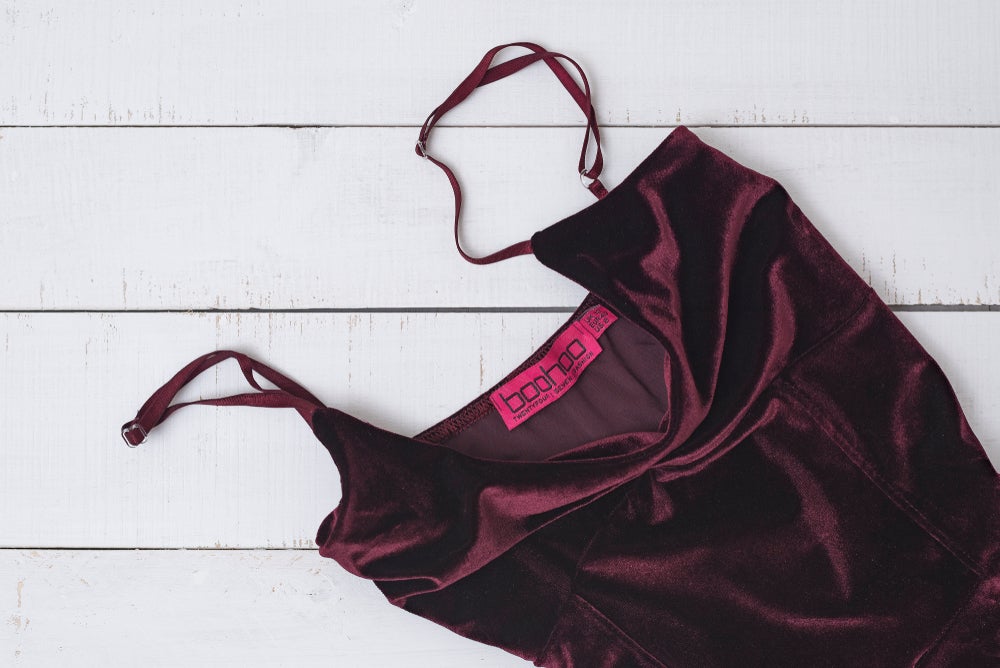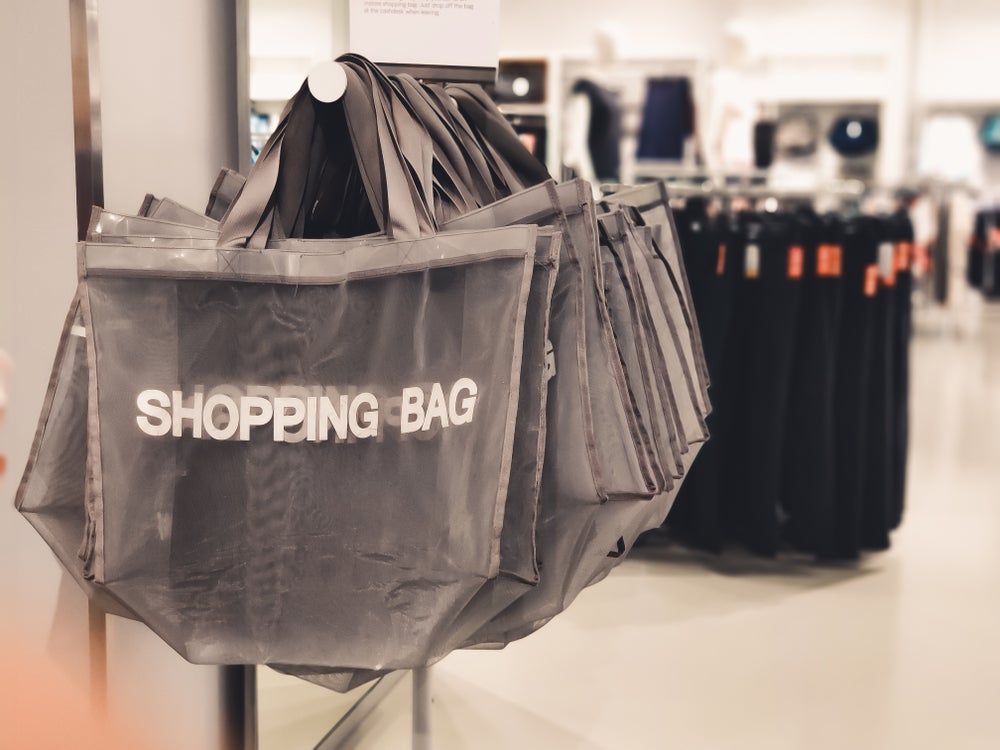
A phenomenon is exciting and confusing the fashion world in equal measures. ‘See now, buy now’ promises consumers they can have the garments they see on designer catwalk shows instantly. No need to wait. But is it a mould-breaking departure for the industry or a bit of marketing publicity? And what does it mean for the supply chain?
?Does ‘See now, buy now’ (SNBN) create new marketing opportunities for brands? Or does it risk everything, by forcing brands to become retailers with all the associated forecasting risks? And does it further complicate and confuse an already very delicately balanced supply chain?
SNBN – history to date
The promotion of brands’ collections on social media during and directly after fashion shows has led to a fashion immediacy among millennials. Catering to their need for instant gratification, the consumer-facing ‘SNBN’ business model reduces the traditional time-to-market from six months to the day after the fashion show. This creates an urgency to buy now. Consequently, SNBN is a disruptive business model, opposing the traditional fashion format of ‘see now, and wait.’
The first brand to adopt the SNBN business model was Burberry during the spring/summer 2017 fashion show season in September 2016. Ever since, its application has mostly been seen during New York and London Fashion Weeks by American designers working at accessible-luxury and premium price points. A few offer instant sales of entire collections; most offer capsule collections or limited pieces only.
Part of the fashion industry believes that this change will result in totally revised production and buying processes. In particular, capsule collections will have to be designed and realised in a very compressed timeframe during the sale season, thus increasing responsiveness to customer and market changes.
How well do you really know your competitors?
Access the most comprehensive Company Profiles on the market, powered by GlobalData. Save hours of research. Gain competitive edge.

Thank you!
Your download email will arrive shortly
Not ready to buy yet? Download a free sample
We are confident about the unique quality of our Company Profiles. However, we want you to make the most beneficial decision for your business, so we offer a free sample that you can download by submitting the below form
By GlobalDataIt is argued that SNBN in the form of capsule collections will draw on consumers’ desires for instant gratification – whilst the presentation of the main collection will continue to follow the traditional business model.
It also means that fashion industry brands have to invest into direct-to-consumer channels. SNBN seems to imply directly targeting influencers and consumers, bypassing the retailer. The responsibility has to be taken on by brands themselves, not by the retailers that buy them.
But, under SNBN, the collection samples seemingly need to be finalised three months before the fashion show for buyers and press to preview the collection in private showrooms or through look-books where non-disclosure agreements are signed. It’s a secret society.
Therefore, the order process appears to be similar to the traditional business model, where a collection inspection and order placement once done by buyers after the fashion shows is now shifted ahead in time, well before the shows.
So, the show’s main purpose has changed. It is not selling to retailers; it is showing to consumers and developing brand awareness of instant availability. Hence, is it needed any more, or is it completely redundant?
The positive and negative hypotheses
As an overview, ‘see now, buy now’ is the ultimate element of the just-in-time (Toyota) or the original Kurt Salmon Associates 1980s “quick response” view of the apparel supply chain. But at that time, we never envisaged it could be instantaneous.
Nevertheless, on the positive side, we have:
- Consumers get what they want, when they want it, regardless of any fashion seasonality;
- It allows brands to market to international consumers in different climates and in different time zones;
- Therefore they buy now, for instant gratification;
- Therefore, it increases sales, because it enhances consumers’ choices;
- It fits in with today’s brand e-commerce offer, and further creates consumer demand;
- It completes the destruction of the traditional two seasons a year brand forward-selling model;
- It creates an opportunity to kill off the hopelessly outdated trade show industry;
- It potentially relocates production back to local or on-shore regions, which is a plus for any advocates of re-shoring production.
On the negative side, we have:
- The buying has to be done in advance;
- We do not know what the consumer will desire when she sees it;
- Historically, the brand, by selling to the retailer, avoided consumer decisions. But under SNBN, the brand is delivering to the retailer what it believes the consumer wants now;
- The supply chain just cannot work that fast. We cannot react to either winners (we cannot get any more) or losers (we have the stock already).
It effectively turns brands into retailers, with all the forecasting, stock control and markdown loss risks that retailers have to take. But to counter this, most international brands are also retailers already.
In practice we have found:
- Brands still have long supply chain lead times, because they use low cost countries to be cost effective. This is now threatened, and margins will be eroded;
- The ‘see now, buy now’ approach is actually based on the suppliers being given the orders months ahead of the catwalk shows. They are sworn to secrecy, but could be “leaky”;
- The end of the back-to-back brand forward ordering system brings with it huge forecasting risks, particularly for high end fashion;
- Forecasting risks lead to substantial stock risks, unless the ‘see now, buy now’ merchandise is done on a very limited scarcity based basis, as in the H&M designer collaborations;
- It may not be possible to do it at all, because fabric lead times remain long.
In order to analyse these positives and negatives, we have to look at the research so far.
SNBN in different retail formats
Retailers’ supply chain processes take longer than SNBN allows for. So, the whole system will have to be restructured towards vertical integration, with shorter ways of product and information flows similar to fast fashion.
Therefore, parts of retailers’ processes will need to be done upfront. This will generate process wastage due to changes in the market or customer demand that differs from the plan. Moreover, the SNBN model is expected to empower brands as they can restrict retailers through strictly pre-determined order quantities and items. You get what you are given.
Consequently, multi-brand retailers are expected to lose power under the SNBN model. Decision processes will assume that brand control is preferred over trusting the retailer. It appears that under SNBN no correction possibility is given, because there is no time to react. The SNBN system needs quick production capabilities by brands to ensure product availability.
SNBN in merchandising
Under SNBN, retailers and brands must still plan for customer demand, inventory levels, turnover and budget as well as collections such as capsule collections, limited items or fashion week independent shows where they would have to adjust space and their budget accordingly.
However, a constant monitoring and updating of sales and performance is necessary to foster quick decision-making, and plans need to be loose and flexible as they depend on the procurement possibility. Knowledge of styles, fabric and fit around 4-6 months ahead of collection-drop appears necessary to forecast and plan delivery, stock, floor space, budget and merchandise.
This means that, under SNBN the brand merchandisers’ tasks of sales and performance analysis are done at the beginning of the process, just like retailers. Budgeting and merchandise planning remains a shared effort between buyers and merchandisers but might additionally include suppliers and should be done almost parallel to sale and performance reviews.
Stock management, delivery and allocation planning are still applicable but done in closer collaboration between merchandisers, buyers and suppliers in the time between production and order delivery – not after merchandise arrives at the retailer’s premises. Under SNBN, retailers have no control. This is a major change that most retail businesses have not yet grasped.
SNBN in the buying process
Under SNBN, information about customer demand no longer reaches buying departments, implying no ability to react at all. So, viewing the collection in advance and in secret, where non-disclosure agreements are signed, serves as the buying appointment. The collection is then ordered directly from the manufacturer. Thus, no separate product sampling, final range selection and final seasonal buying plan are established, as all those steps are done within the buying appointment.
A closer contact with the brands, as well as direct orders without agents, and a good internal organisation of both brands and retailers seems necessary to react flexibly. Moreover, a prerequisite for alignment of customer need and product offer is the purchasing by retailers closer to seasons, and in-season product promotion by brands shortly after the products are delivered to store. Therefore, the buying must happen secretly well before the fashion shows. So, product exposure to consumers and commercial availability merge closer together.
However, basic items with a longer lifecycle could still be bought with longer lead-times to reduce delivery costs; while short lead-time fashion items would need to be bought on a monthly basis. And buyers would constantly have to buy new products, since fewer collections, smaller order quantities per collection, and more frequent collection drops might increase sell-through. Therefore, order seasons will change to a fluid model opposing seasonal order periods. This is a drastic change to buying behaviour.
SNBN in the supply chain
Under SNBN, the alignment, agility and adaptability of all steps within the processes, as well as quicker product development and a more efficient, small-scale production-oriented, fast-paced supply chain seems necessary to stay competitive. Goods are then produced, controlled and shipped directly from the brand to the retailers, where they are received and presented within the store for customers to purchase.
The delivery of merchandise to warehouses for subsequent distribution would take too much time; therefore these steps are removed. However, this affects the analysis and reporting of stock, which would disrupt the whole internal and external communication chain and decrease the value of information exchange between partners. Therefore, constant and close exchange of information between brands and retailers needs to take place.
Thus, it appears that SNBN only increases turnover for short-production and high sell-through items.
A customer-driven supply chain, based on the collection of customer information and the supplier’s understanding of the retailer and its customers, would help retailers and brands in merchandise and demand planning to offer customers an optimal assortment catered to their needs.
A lower hierarchy and shorter processes, similar to those of vertically integrated retailers, might imply the cutting-off of certain process steps – particularly in collection inspection and order placement. Brands can then plan and start production quicker, which shortens lead-times.
Hence, a prerequisite to integrate the SNBN model in retailers’ supply chains is agility, process shortening and close supplier relationships. Therefore, SNBN might only work for vertically integrated companies that control the entire production process.
Process comparison summary
In the traditional buying, merchandising and supply chain process shown below, the time frame can be as long as a year, and is a tightly controlled activity, as shown below.
Under SNBN, however, this happens continuously during the selling season, but the buying has taken place well before the offer is made to the consumer. How long before depends on where the garments will be produced, and how long the lead times are. One thing is clear. There are no opportunities for second replenishment or top-up buys. It is not a demand-pull system such as that used by Zara. It is the dictatorship of the brand.
The figure below shows how this happens. There is a distinct possibility that the consumer will buy from the brand’s website immediately after the garment is shown, and never go to a shop at all. This could put another nail into the coffin of brick-and-mortar retailers.
Conclusion
So, where are we at with SNBN? Brilliant marketing ploy or disastrous supply chain blunder? At the moment, it seems that the answer is both. But for us, this means:
- Brands entire processes have got to be re-engineered;
- Retailers will lose the freedom to choose; they will be told what they get;
- They may be by-passed altogether;
- The existence of trade shows is threatened, because their entire purpose of being is made pointless if the instant offer is online.
We do not think that the proponents of SNBN have understood this, so it has been mostly marketing puff. They need to think it through.
About the authors:
- Malcolm Newbery has more than 25 years of management consulting experience, and is a supply chain management specialist with expertise in seasonal merchandise planning, sourcing and logistics, physical distribution and fashion IT systems.
- Yvonne Haschka is a graduate of London College of Fashion, fashion merchandising professional, and associate of Malcolm Newbery Consulting.







